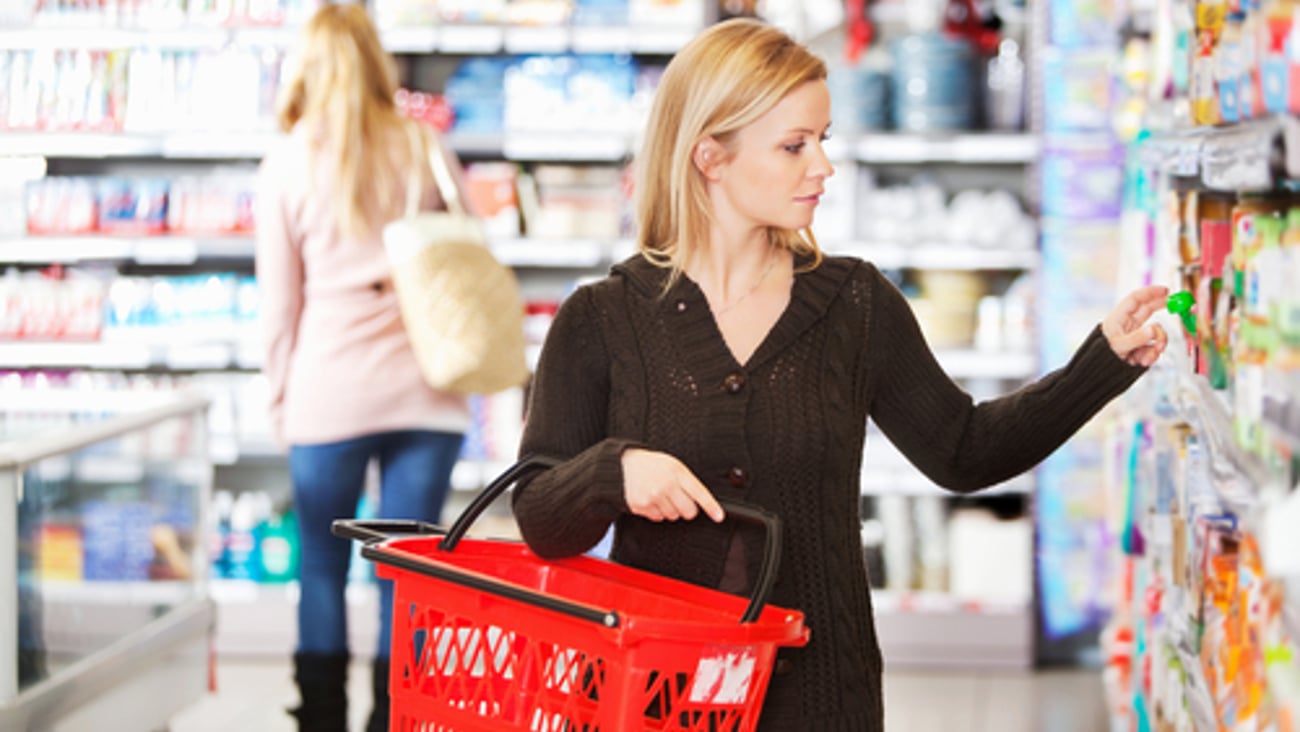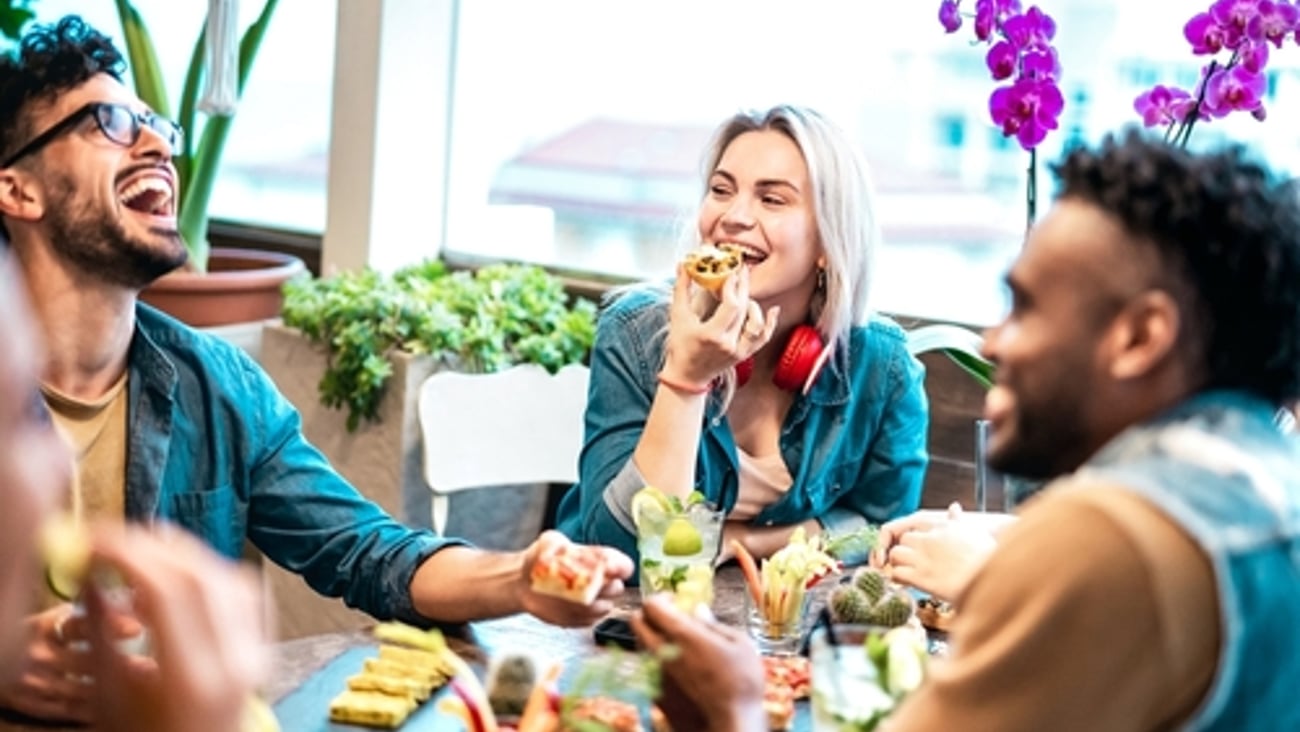2022 snacking habits present growth opportunities for convenience
It has been widely documented that Canadians’ journey through the varying phases of the pandemic period has had a considerable impact on daily consumption choices.
In Ipsos Canada CHATS 2022 Trends report (launched December 2021), we lay out the landscape of needs, habits and situational dynamics impacting daily food and beverage choices from the pre-pandemic period through the early stages of lockdown to the current period of easing restrictions.
It is critical to evaluate the indelible impact that this experience has had and will have on the consumer psyche to create consumer-led plans and strategies.
Throughout this period, snacking has proven to be more vulnerable to the pandemic lifestyle shifts and emotional changes than meals, which tend to be anchor occasions in our daily lives. However, robust snacking behaviour continues to grow.
Size of pandemic snacking
In Ipsos’ latest release of FIVE (a daily consumption tracking study in place since 2013) per capita snacking rates have increased 8% when compared to the initial period of lockdown.
Further, two-thirds of consumption occasions (66%) in an average day occur at snack (as defined by consumers as choices made in-between meals), with close to half of all food items (44%) consumed at snack.
However, man (or woman) shall not snack on foods alone, beverages also play an important role in snacking, both as a paired partner or as the snack itself.
Also, when evaluating the snacking landscape and who is winning in-between meals, foods chosen to meet the ever-expanding needs are not necessarily constrained to a traditional universe of snack options, like potato chips, fruit, chocolate or nuts. Almost a third of all foods (32%) consumed at snack are non-traditional items, like sandwiches or pizza.
The snacking rate on non-traditional snack food options has increased 7% since the initial phase of the pandemic, driven by leftover usage and daytime choices.
Shifting needs by daypart
Snacking needs, driven by daily triggers and tensions evolve throughout the day. In the pre-pandemic period, morning choices were often motivated by routine and health, while evening choices were highly influenced by a craving to treat and indulge. The afternoon daypart was often referred to as the battleground daypart, with both healthy and indulgence playing a role in choices.
To a degree, that snacking framework is still in place. However, given that our habits are typically woven around our activities, outlook and mindsets, each phase of the pandemic has brought about change.
In the current pandemic phase, healthy and indulgent snacking choices are evenly distributed on an average day.
However, the easing of restrictions has prompted consumers to seek out options that meet rising needs around entertainment, flavour exploration, physical recovery, energy boost and options with fewer and simpler ingredients.
Winning at snacking in 2022
The good news for retailers, manufacturers and foodservice operators is that Canadians are snacking more than ever, particularly among younger millennials and Gen Z cohorts.
However, winning at snacking will require targeted solutions that meet consumers’ needs where they are.
Some consumers have returned to the office, while others are still at home. And a hybrid working model has emerged, with employees in the office a couple of days each week and at home the rest. This means businesses need to be flexible enough to provide both larger and smaller pack sizes to accommodate this variety of consumer needs.
CHATS 2022 Trends report explores the at-home population, which still represents 67% of adults. Consideration must be given to snacking implications among those at home, as well as those leaving home on a near-daily basis.
Also critical to future planning is identifying shifting needs. In the pre-pandemic days, permissible indulgence was winning. Subsequently, in the initial phases of the pandemic, comfort, nostalgia and emotional stress relief were increasingly driving choices. In the current pandemic phase, the 4Es—Energy, Exploration, Experience and Entertainment—are emerging as areas for investigation.
The food and beverage industry has seen considerable snacking growth through the pandemic phases and capitalizing on some of these evolving trends could help propel further industry growth.






